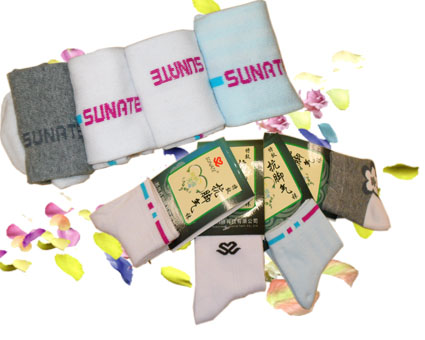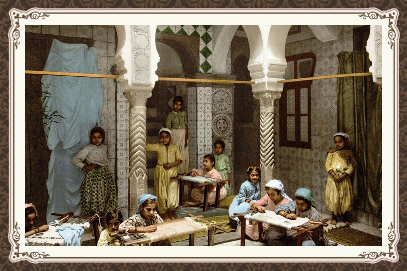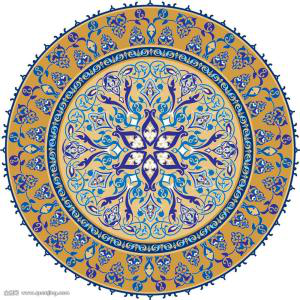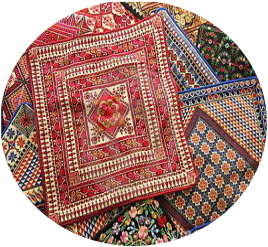 At the 11th session of the Symposium on Functional Textiles, Nanotechnology, and Low-carbon Textiles, several pairs of anti-puffy socks brought by Zheng Min, an associate professor at Soochow University, attracted extensive attention from delegates. Delegates looked up and asked about their antibacterial principles. According to Zheng Min, the antibacterial principle of anti-pneumatic socks is to carry out high-tech activation treatment of ordinary textiles, in order to lyse sebum and sweat that are excreted by the human body, and to cut off the food source of microorganisms to make them die. Anti-beriberi socks have a strong antibacterial and deodorizing function, and have a significant improvement effect on beriberi, foot odor, and athlete's foot, and the effect is not weakened by washing.
At the 11th session of the Symposium on Functional Textiles, Nanotechnology, and Low-carbon Textiles, several pairs of anti-puffy socks brought by Zheng Min, an associate professor at Soochow University, attracted extensive attention from delegates. Delegates looked up and asked about their antibacterial principles. According to Zheng Min, the antibacterial principle of anti-pneumatic socks is to carry out high-tech activation treatment of ordinary textiles, in order to lyse sebum and sweat that are excreted by the human body, and to cut off the food source of microorganisms to make them die. Anti-beriberi socks have a strong antibacterial and deodorizing function, and have a significant improvement effect on beriberi, foot odor, and athlete's foot, and the effect is not weakened by washing. According to Zheng Min, the product has been tried by tens of thousands of athletes with beriberi and foot odor, and the results are very good. The designated gifts for the 110th anniversary of the University of Suzhou are two pairs of anti-beriberi socks. At the same time, remind patients with athlete's foot, in the course of use, can not wear the old socks to prevent bacteria from attacking again. This technology has won many awards and won the Grand Prize in the National University Student Challenge Cup in 2009. It won the gold medal in the 2010 National College Students Entrepreneurship Plan Contest and has been recognized as the high-tech product of Jiangsu Province in 2010.
At present, SONAT anti-pneumatic socks are sold in Beijing, Taiyuan, Jinzhou, Hangzhou, Suzhou and other cities.
Embroidery was an important art in the Medieval Islamic world. The 17th-century Turkish traveler Evliya Çelebi called it the "craft of the two hands". Because embroidery was a sign of high social status in Muslim societies, it became widely popular. In cities such as Damascus, Cairo and Istanbul, embroidery was visible on handkerchiefs, uniforms, flags, calligraphy, shoes, robes, tunics, horse trappings, slippers, sheaths, pouches, covers, and even on leather belts. Craftsmen embroidered items with gold and silver thread. Embroidery cottage industries, some employing over 800 people, grew to supply these items.
In the 16th century, in the reign of the Mughal Emperor Akbar, his chronicler Abu al-Fazl ibn Mubarak wrote in the famous Ain-i-Akbari: "His majesty (Akbar) pays much attention to various stuffs; hence Irani, Ottoman, and Mongolian articles of wear are in much abundance especially textiles embroidered in the patterns of Nakshi, Saadi, Chikhan, Ari, Zardozi, Wastli, Gota and Kohra. The imperial workshops in the towns of Lahore, Agra, Fatehpur and Ahmedabad turn out many masterpieces of workmanship in fabrics, and the figures and patterns, knots and variety of fashions which now prevail astonish even the most experienced travelers. Taste for fine material has since become general, and the drapery of embroidered fabrics used at feasts surpasses every description."




Hand Embroider Islamic Products
Hand Embroider Islamic Products,Embroiderd Religious Element,Religious Element Embroidery,Nation Embroidery
Haiyuan Aisha Handicrafts Company Limted , http://www.aishaembroidery.com